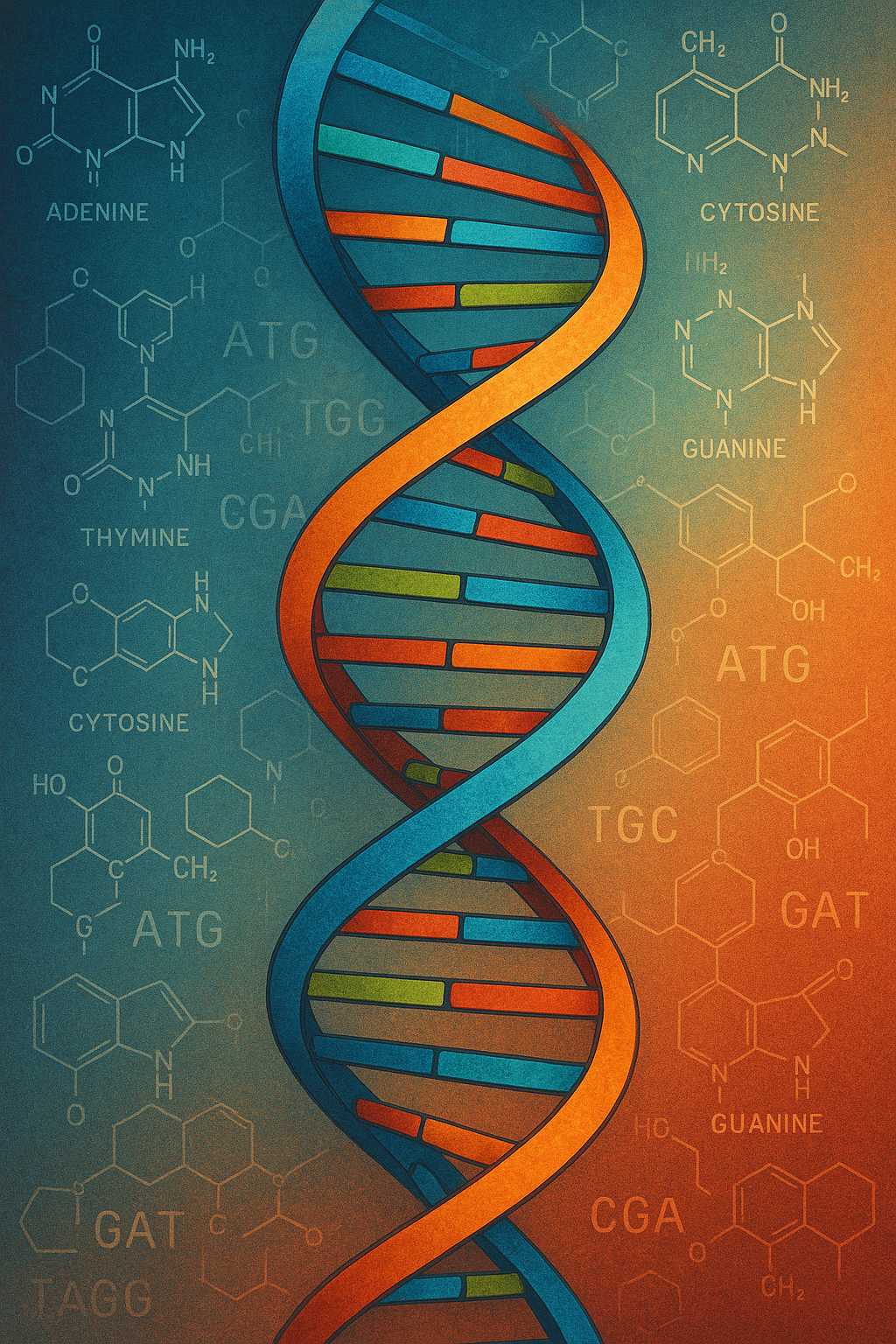As a scientist with a passion for both biology and chemistry, I’ve always found DNA to be one of the most fascinating molecules in existence. Composed of just a few simple building blocks, DNA holds the instructions required to create and maintain every living organism on Earth. In this article, let’s explore what DNA is, how it works, and why it’s so fundamental to life.
What is DNA?
DNA, or deoxyribonucleic acid, is a long, double-stranded molecule that resides in the cells of all known living things. Its famous double helix structure was elucidated by James Watson and Francis Crick in 1953, with key contributions from Rosalind Franklin. Each strand of DNA is made up of a sequence of nucleotides, which are themselves composed of three components: a sugar molecule, a phosphate group, and a nitrogenous base (adenine, thymine, cytosine, or guanine).
The Genetic Code
The order of these nitrogenous bases acts as a code—a set of instructions for building proteins, which are the workhorses of the cell. Every three-base sequence, known as a codon, specifies a particular amino acid. Chains of amino acids fold into proteins, which in turn carry out essential functions: from catalyzing reactions as enzymes, to providing structural support, to regulating cellular processes.
Replication and Heredity
One of DNA’s most remarkable features is its ability to replicate. When cells divide, the DNA helix unwinds and each strand serves as a template for making a new complementary strand. This ensures that genetic information is passed down with remarkable fidelity from generation to generation, giving rise to offspring that inherit traits from their parents.
Mutations and Evolution
Of course, DNA is not immune to change. Occasionally, errors (mutations) occur during replication or from environmental influences. While some mutations are harmful, others may confer an advantage, serving as the basis for evolution by natural selection. Over millions of years, this process has led to the incredible diversity of life we see today.
The Future: DNA Technology
Advances in DNA technology have revolutionized medicine, agriculture, forensics, and more. Techniques like CRISPR gene editing allow us to target and modify specific genes, offering hope for treating genetic diseases. DNA sequencing enables us to read genomes rapidly and relatively cheaply, helping to diagnose illnesses and understand the genetic basis of complex traits.
In Conclusion
From its elegant structure to its far-reaching importance in science and medicine, DNA truly is the blueprint of life. By continuing to unravel its mysteries, we unlock new possibilities for understanding ourselves and the living world around us.
- Carl


Leave a Reply